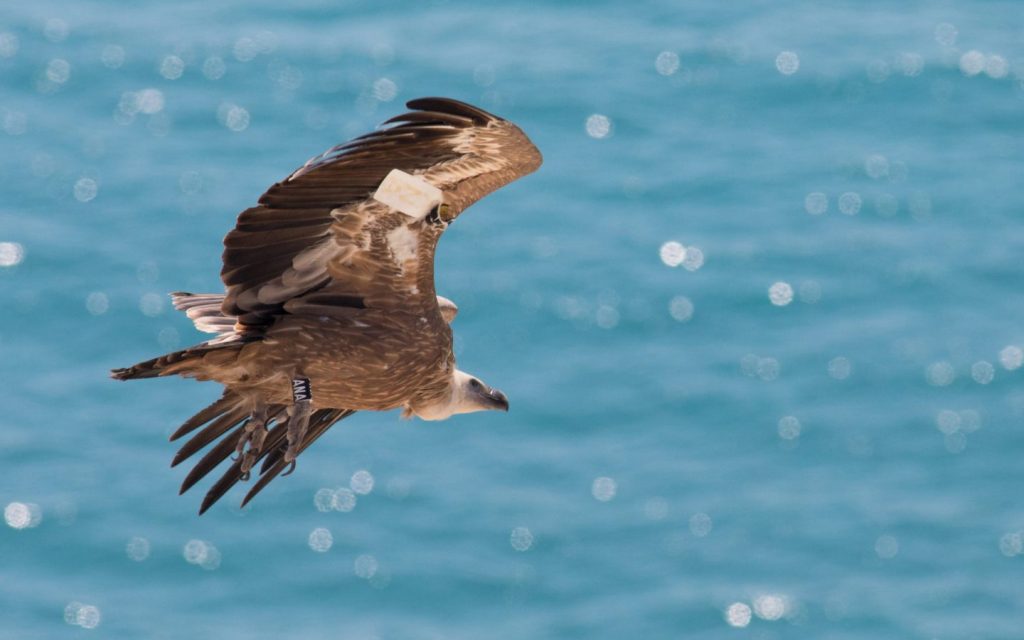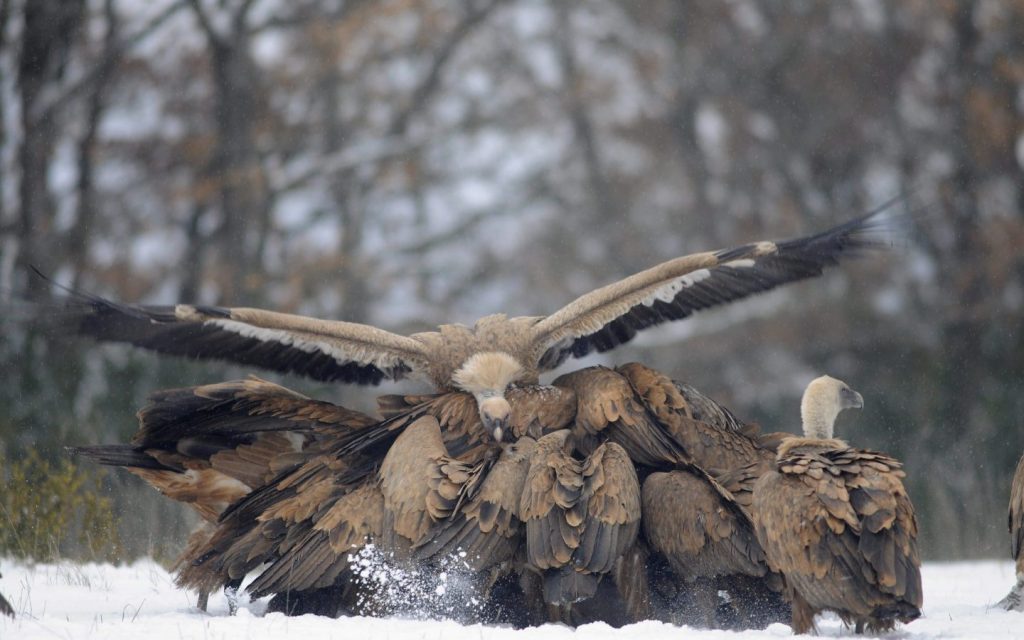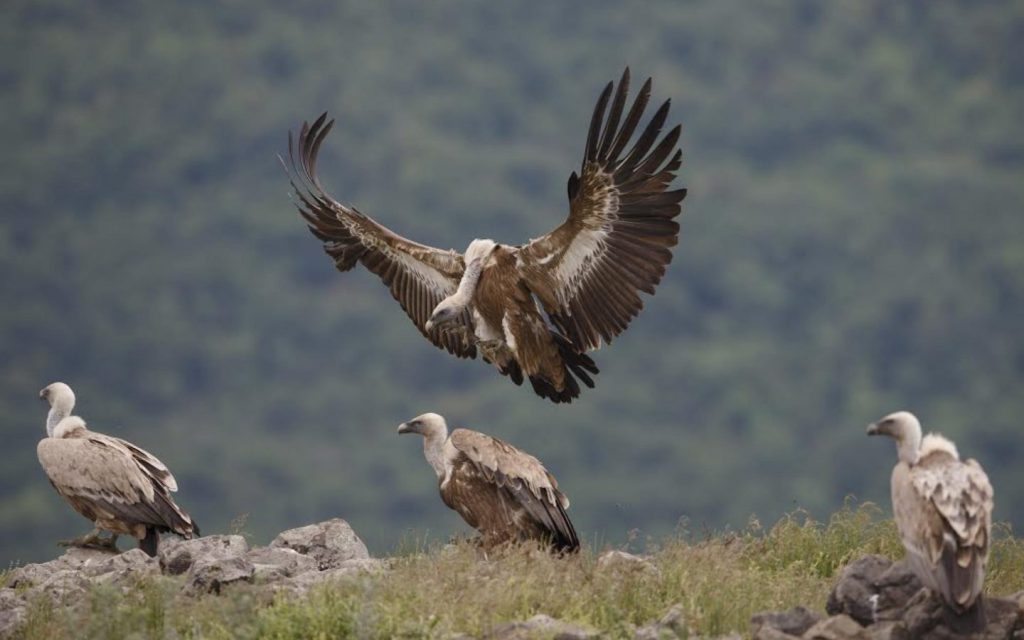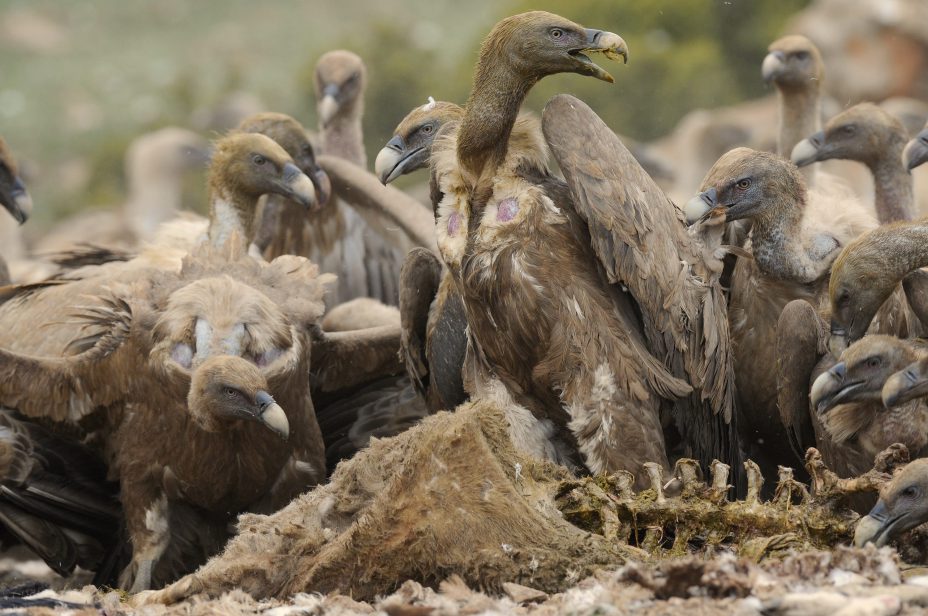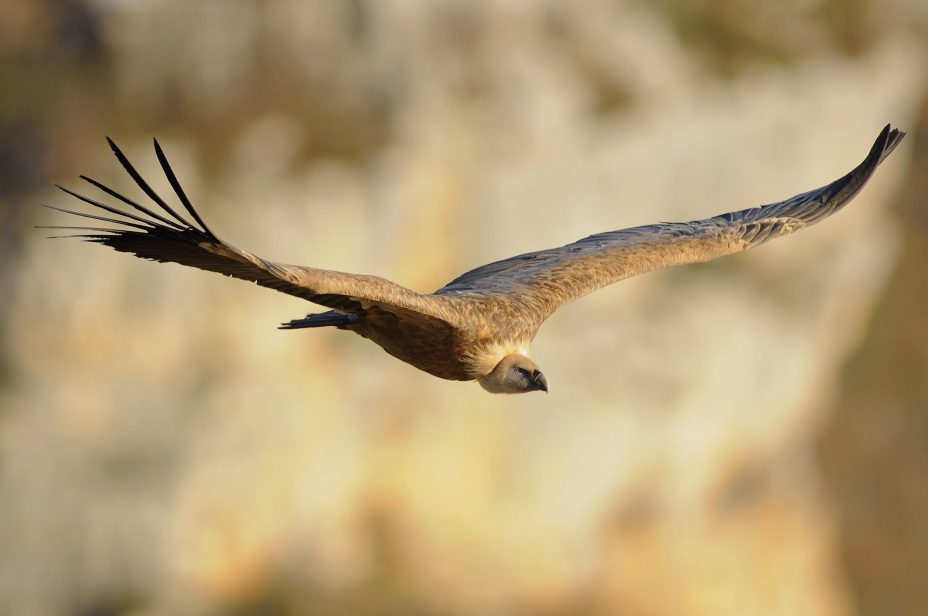
The VCF coordinates the bearded vulture captive breeding network, a huge system of zoos, specialized captive breeding units, animal parks and wildlife rehabilitation centers that work together to breed in captivity bearded vultures for the 4 bearded vulture reintroduction and restocking projects ongoing in Europe at the moment.
The work behind the scenes is much more than just feed the birds – from facilitating pair bonding to transfer of birds, from adoption of chicks to… aiding egg hatching.
Today on Easter Sunday we bring you one egg story – how the decades old experience of our staff is helping the bearded vultures hatch:
On the 2nd of March hatching of one of the eggs of the bearded vulture captive breeding Unit in Vallcalent (Lleida, Spain) has to be assisted by the staff because the chick was not able to hatch by itself.
The egg had been laid on the 8th of January by the old breeding pair from Vallcalent. This female always buried first eggs under the wool after laying them. This year nothing changed, she buried it again 4 hours after laying it. The staff, knowing her behavior, immediately reacted and the egg was removed and adopted by the second breeding pair, which incubated it until the 6th of February, when the pair adopted a chick. From that moment on the egg was artificially incubated.
The egg developed perfectly until the 27th of February, when the chick pecked the air cell and first sounds could be heard from him. However, they sounded rather stressed and as time passed it they became more intense, so on the 1st of March in the evening it was necessary to open a hole in the eggshell to give the chick enough air. As soon the hole was done the chick stopped to chirp of stress.
Unfortunately, the chick was not able to hatch by itself and next day morning, after perceiving that the chick was chirping with lower intensity, it was necessary to extract it from the egg. By opening the egg, we detected that the chick was badly positioned and was breathing with fully open beak. As soon was it outside of the egg, the hatchling started to breath normally with closed beak.
The chick is developing now very well.
